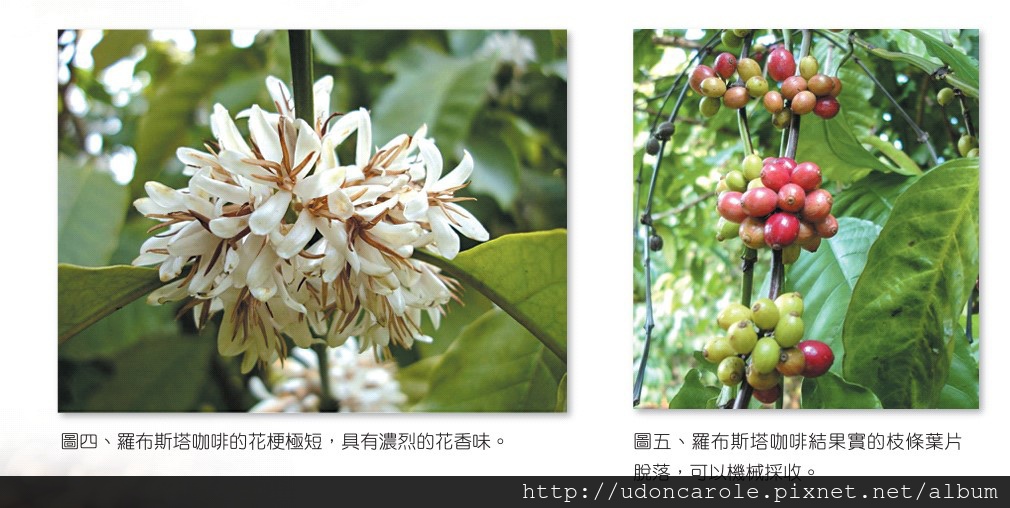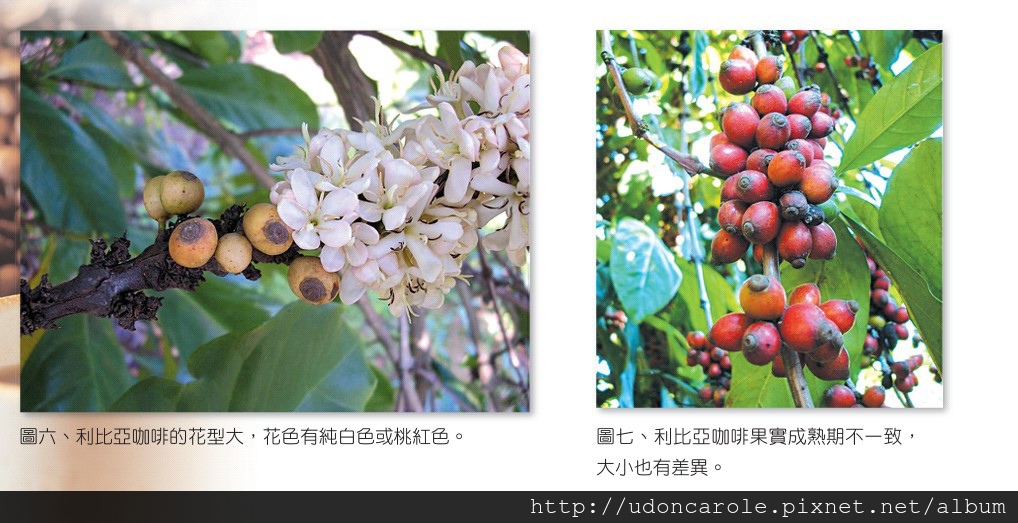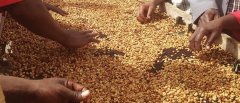Is Arabica coffee stronger? How to distinguish Robusta Arabica Libya coffee

Professional coffee knowledge exchange More coffee bean information Please pay attention to coffee workshop (Weixin Official Accounts cafe_style)
Robusta, Arabi, Katim, Katim in Mantenin? [
I'm sure you've seen chain coffee shops emphasize that they use "100% Arabica coffee beans," but why do they emphasize this coffee variety so much? Is Arabica coffee stronger? Alice is here to help you analyze why coffee companies make such slogans.
Coffee beans are mainly divided into three varieties-Arabica (Arabica), Robusta (Robusta) and Liberia (Liberia), of which our protagonist Arabica coffee production is second only to Robusta, a little understanding of coffee friends should also have heard of fine coffee (Specialty coffee) are Arabica descendants of varieties, compared with Robusta need better growth environment and care, flavor is usually better. As a result, more and more stores will sell Arabica coffee as a guarantee of quality, but in fact, Arabica that can become fine coffee accounts for less than 10% of the world's production, which means that we cannot equate every Arabica coffee with fine coffee.
Coffee has been used by the yemenis of southwestern arabia since 575 ad,
Western Europe began drinking it around 1615,
Coffee was popular in continental Europe in the early seventeenth century.
Coffee is mainly grown in the world.
America, Africa, Asia tropical or subtropical continent or island coffee garden,
So along the equator as the center of coffee growth zone, also known as coffee belt.
Coffee is divided into three stock systems
Arabica Coffee (Arabica)
Arabica is the most traditional variety of Arabica coffee. Originating in East Africa, coffee was monopolized by the Arab world for a long time before the 15th century AD, so it was called "Arabic coffee" by Europeans. Arabica coffee was the primary commodity coffee in the world, but it was only at the end of the 19th century that a widespread disease occurred and growers began to look for other disease-resistant varieties. Arabica coffee is still the most important coffee variety, accounting for about 3/4 of the world's total coffee production. It is cultivated mainly in Latin American countries, but also in Indonesia and the Pacific islands. At present, the geographical climate of Brazil, the world's largest coffee producing area, is very suitable for the growth of Arabica coffee. The main coffee varieties planted are also small fruit coffee. Brazil's coffee production accounts for more than 1/3 of the world's total production.
Robusta coffee is also known as Congo coffee.

Robusta is the second-largest variety of coffee produced in the world, accounting for about 20% of the world's coffee production. Robusta coffee berries are larger than Arabica coffee but smaller than Libya coffee, disease resistance is strong, suitable for growth in the tropical climate at an altitude of 200-300 meters, high caffeine concentration, about 2%-4%, but the entrance has acid, astringent taste, mainly planted in Indonesia, India, Uganda and other tropical countries, most of which are used as instant coffee.
Libya coffee is also known as Liberian coffee

Liberica is a pest-resistant variety suitable for high temperature and humid climates. Its berries and seeds are nearly twice as large as Arabica coffee. The aroma is rich but the taste is light. The general Nordic people prefer this coffee. It is mainly cultivated in Liberia, Cote d'Ivoire and Madagascar in Africa.
The quality and flavor of coffee depends on the growing environment of coffee, the care of coffee farmers and the post-processing process to determine whether it is good or bad, plus the professional rating of the cup tester to determine whether it is qualified for fine coffee. Alice wants to tell you that even Arabica will have inferior coffee, chain coffee is not directly and inferior coffee together for a talk, only to let your sense of smell and taste personally experience, learn to distinguish what is good coffee, bad coffee can understand her value.
。
Important Notice :
前街咖啡 FrontStreet Coffee has moved to new addredd:
FrontStreet Coffee Address: 315,Donghua East Road,GuangZhou
Tel:020 38364473
- Prev

How to drink Robusta coffee powder to lose weight? Taste and flavor characteristics of robusta coffee bean producing area
Professional coffee knowledge exchange more coffee bean information please follow the coffee workshop (Wechat official account cafe_style) Manning's Robsta blood, Arabica beans or Katim or Katim? [most people, including coffee teachers, hear about Robusta, and everyone respects it.
- Next

Robusta Coffee Bean's Counterattack Boutique How Robusta Coffee Roasts and Brews?
Professional coffee knowledge exchange More coffee bean information Please pay attention to coffee workshop (Weixin Official Accounts cafe_style) Mantenin's Robusta lineage, Arabica beans or Katim or Katim? [Robusta coffee beans have always been considered to be outside of fine coffee. So... Nordic Roasted Robusta Beans.. How does it taste? Um... actual baking
Related
- Beginners will see the "Coffee pull flower" guide!
- What is the difference between ice blog purified milk and ordinary milk coffee?
- Why is the Philippines the largest producer of crops in Liberia?
- For coffee extraction, should the fine powder be retained?
- How does extracted espresso fill pressed powder? How much strength does it take to press the powder?
- How to make jasmine cold extract coffee? Is the jasmine + latte good?
- Will this little toy really make the coffee taste better? How does Lily Drip affect coffee extraction?
- Will the action of slapping the filter cup also affect coffee extraction?
- What's the difference between powder-to-water ratio and powder-to-liquid ratio?
- What is the Ethiopian local species? What does it have to do with Heirloom native species?

